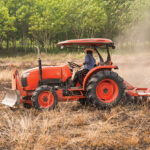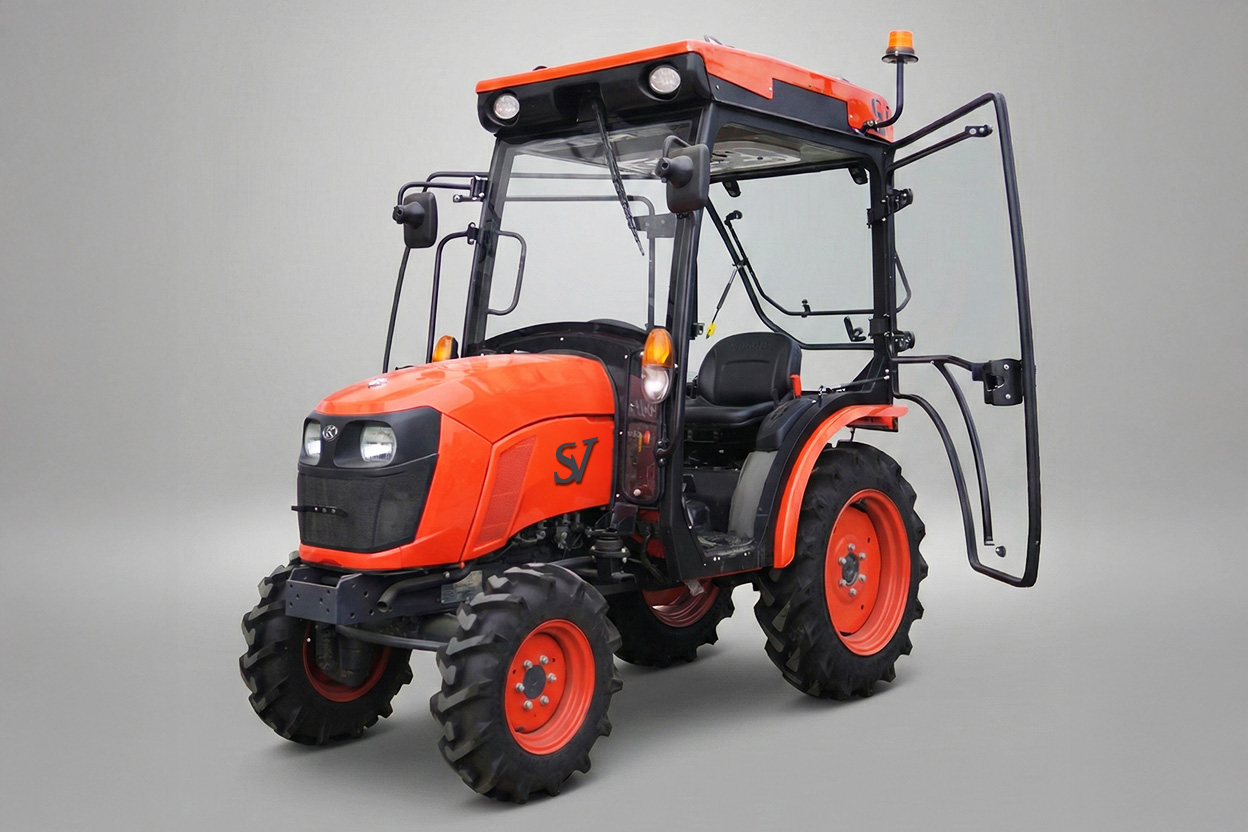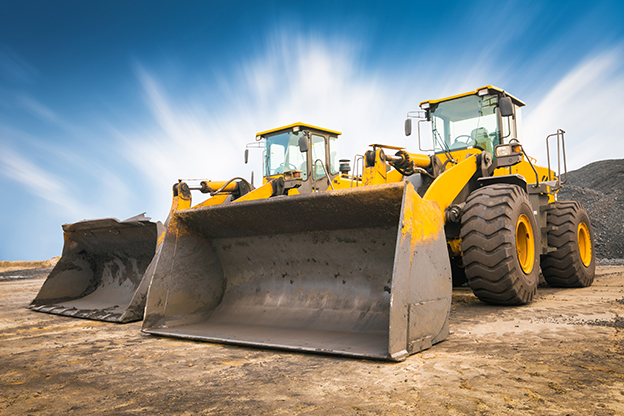The agricultural sector plays a critical role in Latin American economies, but farmers face challenges like outdated equipment and rising costs.
Modern Indian tractors have made a huge impact in the farming industry because of their cost-effectiveness, durability, and adaptability to diverse farming conditions. With over 15+ countries exporting Indian tractors, including Latin America, S V Machinery India has already established themselves on global agricultural markets.
Learn how Indian tractors are changing the landscape for Latin American farmers and agricultural businesses.
The Rise of Indian Tractors in Global Markets
India has become one of the leading producers and exporters of tractors, manufacturing approximately 900,000 tractors annually, rivaling global heavyweights like the U.S. and Japan.
Mahindra & Mahindra, TAFE (Tractors and Farm Equipment Limited), and Sonalika, among other Indian brands, have successfully expanded their operations internationally, thanks to their technology, competitive pricing, and superior quality.
Indian Tractors’ Expansion Into Latin America
Recognizing the need for affordable and efficient machinery in the region, Indian tractor companies have strategically entered Latin American markets, focusing on countries like Brazil, Argentina, and Mexico. With marketing strategies tailored to meet local demands, many manufacturers have partnered with regional dealers and distributors to make their products more accessible.
The Mahindra company, for instance, currently leads the global tractor sales market and has made significant investments in Latin America to expand its position. Unlike other international brands, their approach combines innovative technology with affordability.
Benefits of Modern Indian Tractors in Latin American Agriculture
A. Technological Advancements
- Precision Farming Technologies: Farmers need tools that help them maximize their use of resources, such as water, fertilizers, and seeds. Indian manufacturers have made strides in integrating GPS-guided systems, automatic steering for row crops, and real-time soil feedback sensors.
- Adaptability to Diverse Conditions: The geography of Latin America is diverse, encompassing mountains, plains, and tropical climates. Indian tractor models, such as Mahindra’s Arjun Novo or Sonalika’s DI series, are designed to handle tough terrains. Indian tractors can be used for sugarcane farming in Brazil or coffee cultivation in Colombia.
B. Cost-Effectiveness
- Competitive Pricing: Indian tractors are often priced 25–30% lower than comparable models from American or European brands without compromising quality.
- Fuel Efficiency: With rising diesel costs globally, Indian tractors are designed to consume less fuel. This keeps operational costs down while maximizing daily output.
C. Reliability and Performance
- Durability in Harsh Climates: The durability of Indian tractors makes them ideal for Latin American farms, as they can withstand both coastal humidity and inland heat.
- User Testimonials: Indian tractors have been proven to improve field productivity and reduce maintenance downtime by farmers in Brazil and Mexico.
Supporting Factors for Adoption
A. Government Initiatives
- Subsidies and Credit Programs: Many Latin American governments provide subsidies or loans for farmers to purchase farming equipment. Indian tractors, with their competitive pricing, qualify as excellent candidates under these schemes.
- Policies Promoting Mechanized Farming: Organizations across Latin America are pushing technological adoption in agriculture, creating opportunities for Indian exporters.
B. Strategic Investments
- Collaborations: By partnering with Latin American tractor dealers, Indian companies ensure broader market penetration and aftersales service.
- Local Assembly Units: To cut down on import tariffs and improve delivery times, manufacturers like Mahindra have invested in local assembly plants and service centers.
Case Studies of Success Stories
- Brazilian Coffee Farmers: After adopting TAFE’s tractors, a cooperative of coffee farmers in São Paulo reported a 16% increase in yield, thanks to higher efficiency and faster harvest times.
- Mexican Corn Farmers: Sonalika tractors have been particularly popular with small-scale corn farmers, helping them cut fuel costs by nearly 25% annually.
Challenges and Considerations
- Lack of Awareness: Many small-scale farmers in remote areas remain unaware of the benefits of switching to modern Indian tractors.
- Initial Costs: Even though Indian tractors are competitively priced, some farmers struggle to afford the upfront investment.
- After-Sales Support: While companies are improving, a few regions still lack adequate access to spare parts or timely servicing.
Overcoming These Challenges
- Education Campaigns: Promoting success stories and creating demo programs can help raise awareness among prospective buyers.
- Flexible Payment Plans: Offering installment options with regional partners can make tractors more accessible to farmers.
- Strengthened Dealer Networks: Expanding service centers and ensuring spare parts availability will enhance trust and longevity.
Why Indian Tractors Are the Future of Latin American Agriculture
Indian tractors are extremely cost-effective and technologically advanced, making them a great choice for agricultural farmers in Latin America. As a result of their affordable yet advanced solutions, small farmers and agricultural businesses can remain competitive in a rapidly changing market.
With more collaborations, government support programs, and successful farmers vouching for the reliability of Indian tractors, the future looks promising. Consider Indian tractors if you are looking for more affordable alternatives or to improve farm efficiency.
Connect with S V Machinery India today to find out more about the best Tractor Brands at your convenience










